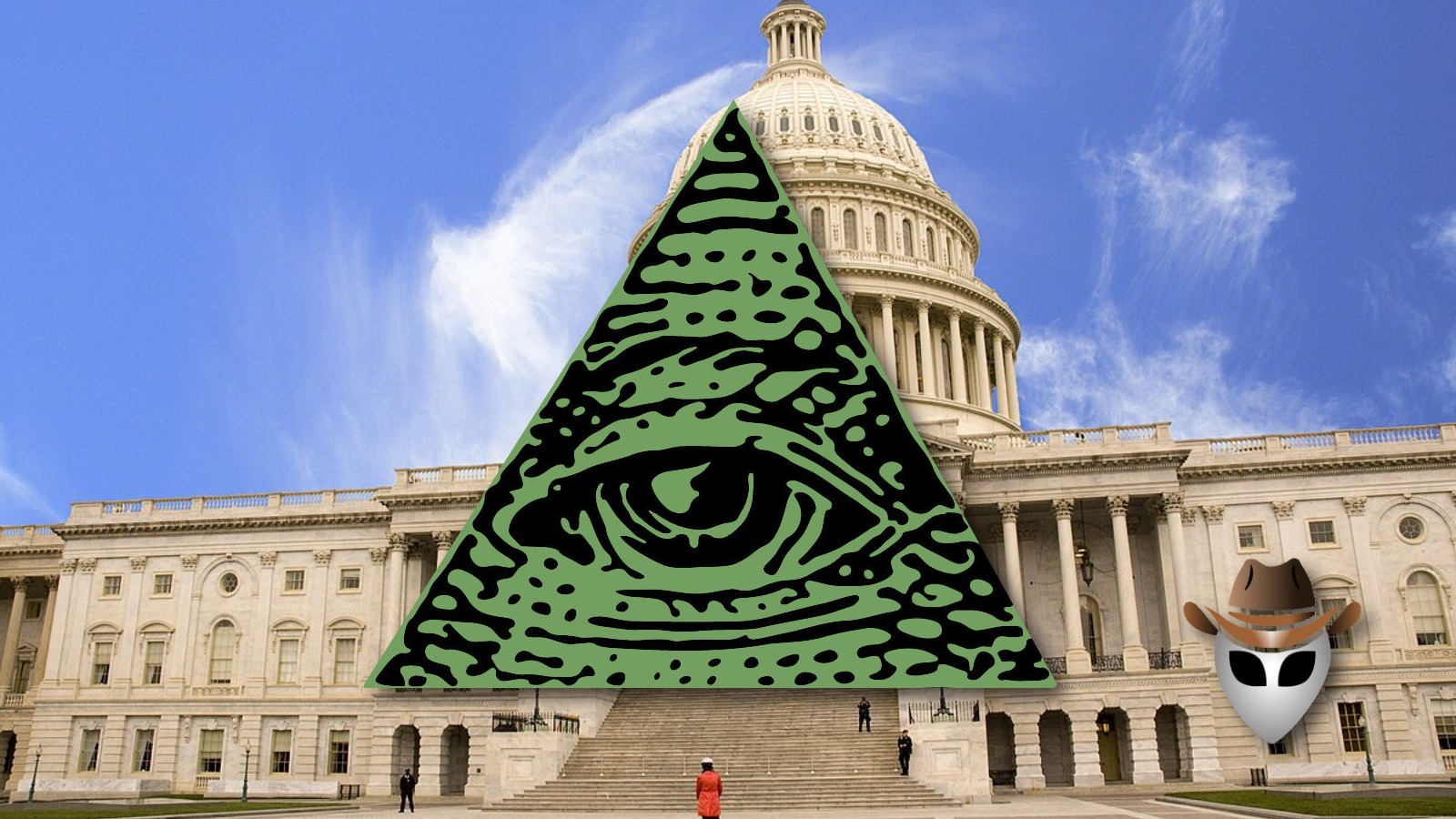Originating in the late 18th century, the term “Illuminati” has evolved to represent a shadowy elite group believed by some to control world affairs from behind the scenes. The topic of the Illuminati sparks intense debate, with evidence both in favor of and against their existence. This blog post will explore the origins of the Illuminati, the arguments supporting their continued existence, and the counterarguments that debunk the theory.
The historical Illuminati was founded in Bavaria in 1776 by Adam Weishaupt, a professor of canon law. The group, officially known as the Order of the Illuminati, aimed to promote enlightenment ideals such as reason, secularism, and the separation of church and state. The Illuminati sought to infiltrate and influence political and religious institutions to further these goals. However, their activities were short-lived. By 1785, the Bavarian government had outlawed the group, and the Illuminati was disbanded.
Despite its dissolution, the Illuminati left a lasting legacy. The group’s secretive nature and its ambitions for global influence made it the subject of various conspiracy theories. Over time, the Illuminati became synonymous with a powerful, hidden elite believed to manipulate world events.
Evidence in Favor of the Illuminati’s Existence
Proponents of the Illuminati conspiracy theory point to several pieces of “evidence” that suggest the group’s continued existence and influence. One of the most commonly cited examples is the presence of Illuminati symbols in popular culture. For instance, the “all-seeing eye” and the pyramid, both associated with the Illuminati, appear on the U.S. dollar bill. Conspiracy theorists argue that these symbols are proof of the Illuminati’s control over global financial systems.
Another argument in favor of the Illuminati’s existence is the concentration of wealth and power in the hands of a few elite individuals and families. Proponents claim that this elite, often referred to as the “1%,” is the modern-day Illuminati, pulling the strings of world governments, corporations, and media outlets. They point to events such as the 2008 financial crisis, wars, and political decisions as evidence of the Illuminati’s manipulation of global affairs.
Additionally, some conspiracy theorists believe that the Illuminati is behind various secret societies and organizations, such as the Freemasons, the Skull and Bones Society, and the Bilderberg Group. These organizations are often depicted as front groups for the Illuminati, allowing them to operate under the radar while maintaining their influence over world events.
Evidence Against the Illuminati’s Existence
Despite the compelling arguments presented by conspiracy theorists, there is significant evidence to suggest that the Illuminati, as depicted in modern conspiracy theories, does not exist. First and foremost, historians and scholars widely agree that the original Bavarian Illuminati was disbanded in the late 18th century and that there is no credible evidence to support the idea that it continued to exist in secret.
Many of the symbols associated with the Illuminati, such as the all-seeing eye and the pyramid, have alternative explanations that are not linked to a secret society. For example, the all-seeing eye on the U.S. dollar bill is part of the Great Seal of the United States, a symbol representing the nation’s ideals of vigilance, providence, and enlightenment. The pyramid symbolizes strength and endurance, not a secret Illuminati agenda.
Furthermore, the idea that a small group of elites controls world events is often criticized as an oversimplification of complex political, economic, and social systems. While it is true that wealth and power are concentrated in the hands of a few, this can be attributed to systemic issues such as capitalism, corruption, and globalization rather than the machinations of a shadowy group.
Skeptics also point out that many of the supposed “proofs” of the Illuminati’s existence, such as symbolic references in pop culture, can be explained by other means. The use of Illuminati symbols in movies, music videos, and art is often interpreted as a form of social commentary or an attempt to provoke intrigue and controversy rather than actual evidence of a global conspiracy.
Finally, numerous studies and investigations have debunked the notion of the Illuminati’s existence. For example, the 2014 book “The Illuminati: The Secret Society That Hijacked the World,” by renowned conspiracy theory debunker Robert Anton Wilson, explores how the Illuminati myth was popularized through fiction, misunderstandings, and deliberate misinformation.
The Illuminati remains a fascinating and controversial topic that continues to capture the imagination of many. While there is some circumstantial evidence that suggests the possibility of a hidden elite controlling world events, the majority of credible evidence points to the Illuminati as a myth rather than reality. As with any conspiracy theory, it is essential to approach the topic with a critical mind, evaluating the evidence and considering alternative explanations. Whether the Illuminati exists or not, the legend of this secret society will likely persist for years to come, fueling debates and discussions around power, control, and the unseen forces shaping our world.
Share Your Thoughts!
What do you think? Is the Illuminati still functioning to this day? Share your thoughts in the comments below!
